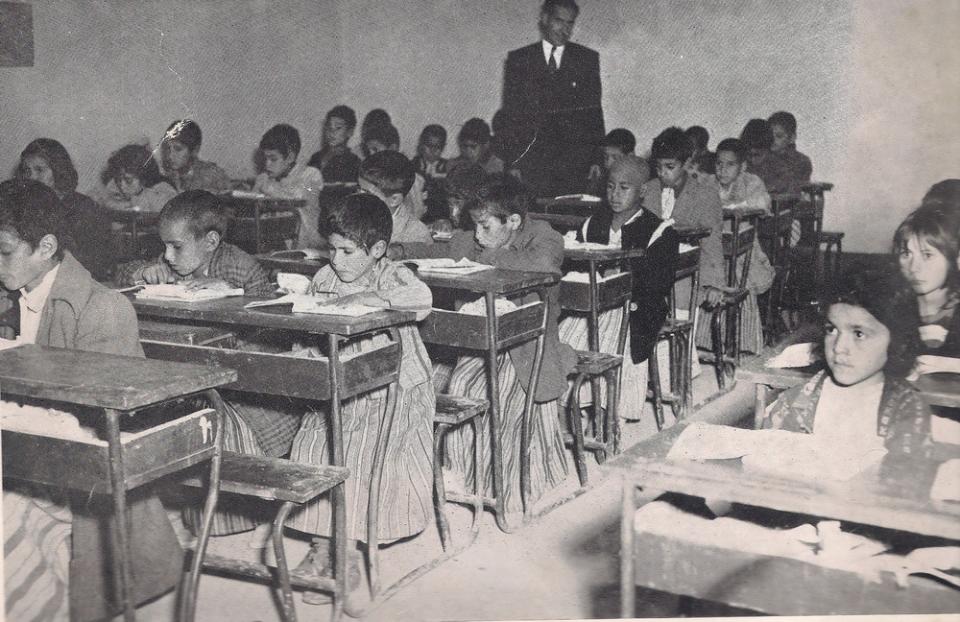After the fall of the monarchy regime in Iraq by 1958 AD and the establishment of the republican government, one of the government’s goals was to combat illiteracy and implement compulsory education system, so it started to open educational programs to eradicate illiteracy for every district in Iraq, including Karbala.
In 1959, the government prepared a special report to combat illiteracy that included two articles. The first is a short-term one that begins with a broad campaign for a five years period, in which all unions and ministries contribute in it, and the second is long-term aimed at not expanding the area of illiteracy and to continue the education in cities, villages, and rural areas on a large scale.
Accordingly, the ministry issued an appeal to all educated citizens to fulfill their patriotic duty by teaching their fellow citizen who was deprived of the privilege of knowledge. The government allocated the necessary funds needed for the campaign, such as lectures, books and stationery, and organized a press campaign in newspapers, magazines, and television.
The number of literacy centers in the Karbala district for the years 1961-1962 AD) reached (6) centers, and the number of students there, were (235), including (183 males) and (52 females), while the number of faculty members was (9) teachers.
The number targeted with the campaign rose in 1963 to (13) centers in the Karbala district. The number of male and female students was (745), including (618) male, and (147) female, and the number of faculty members was (31) male and female teachers.
Source:
“Tattawar Al-Ta'lim fi Liwa' Karbala” by Luma Hussein Ali Al-Rikabi, pg. 144-145.

